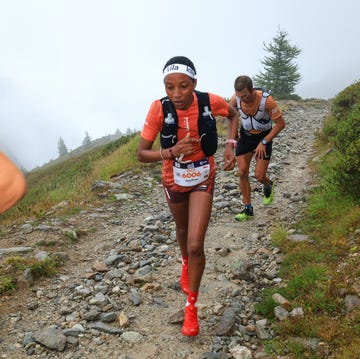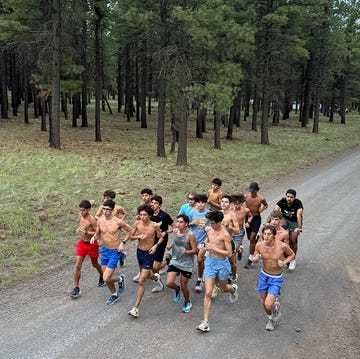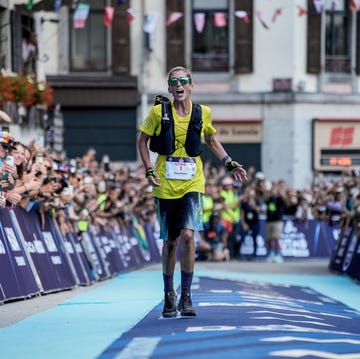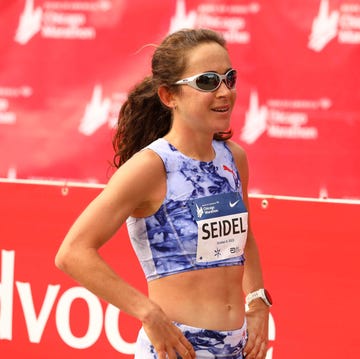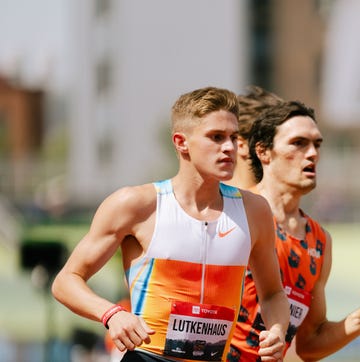Major races and running events have a sustainability problem, and there are many ways race organizers and advocates are trying to solve the issue. Runner’s World has reported on the many initiatives aimed at making running events more sustainable. The New York Road Runners’ premier event is the New York City Marathon, and a huge event like that, with 50,000 participants, is gonna create some waste. CEO Rob Simmelkjaer says NYRR is committed to not only making this year’s race more sustainable; the organization is looking to make a long term impact.
“Our mission is to help and inspire people through running,” he told Runner’s World in an email. “That means doing our part to ensure that future generations have access to clean air, green spaces, and a healthy world in which to run. Before I arrived as CEO, the organization had previously committed to net zero emissions by 2040, but we would like to accomplish this goal much sooner.”
Here are a few of the ways the world’s biggest marathon is attempting to be a little more green:
- Pre-marathon, the paint used at the Blue Line Painting Ceremony will come from 15 gallons of unused paint from last year’s marathon, 25 gallons of upcycled paint from GDB, and sundry leftover paint collected in New York by an organization called PaintCare. Throughout the year, households and businesses can bring their excess, unused paint to PaintCare’s drop-off sites, so if you donated some azure-hued paint, you might be seeing its remnants on the long stripe covering the 26.2 mile race course.
- At the start and finish areas, there will be nine “waste diversion stations” with 81 Green Team volunteers dedicated to the task of sorting through runners’ trash to redirect recyclable items to their proper destination.
- The cups used at the hydration stations along the course are made from 100 percent bamboo, and following the marathon, will be sent to a farm in Upstate New York to be composted.
- Race T-shirts are made from 100 percent recycled polyester.
- The official pace car will be a fully electric Volvo EX30, and was designed to have the smallest carbon footprint ever for a Volvo. Simmelkjaer says that electric lead vehicles help with air quality, “but our goal is to transition NYRR’s entire fleet of vehicles and generators to electric power.”
- It’s common practice, especially on a chilly day, for marathoners to wear “throwaway” clothing to the start line to stay warm—most often old jackets and sweatshirts, according to Simmelkjaer—and then toss it aside to begin the race. NYRR is prepared for this reality, and will be collecting and donating the discarded clothing to All Of Us Clothing. Last year, 10.4 tons of clothing were donated from the New York City Marathon.
- Last but not least, it’s worth noting that the runners themselves have a hand in making the marathon more sustainable. Simmelkjaer says nearly 50 percent of participants take NYC mass transit to the starting line on race day, while most other runners take NYRR chartered buses, with very few opting to arrive via private vehicle. “In the future,” he says, “we are also committed to reducing the carbon footprint of out-of-town runners’ travel to New York, and we will announce a plan by next year’s marathon.”

Abby Carney is a writer and journalist in New York. A former D1 college runner and current amateur track athlete, she's written about culture and characters in running and outdoor sports for Runner's World, Like the Wind Magazine, The New York Times, and other outlets. She also writes about things that have nothing to do with running, and was previously the editor of a food magazine.


